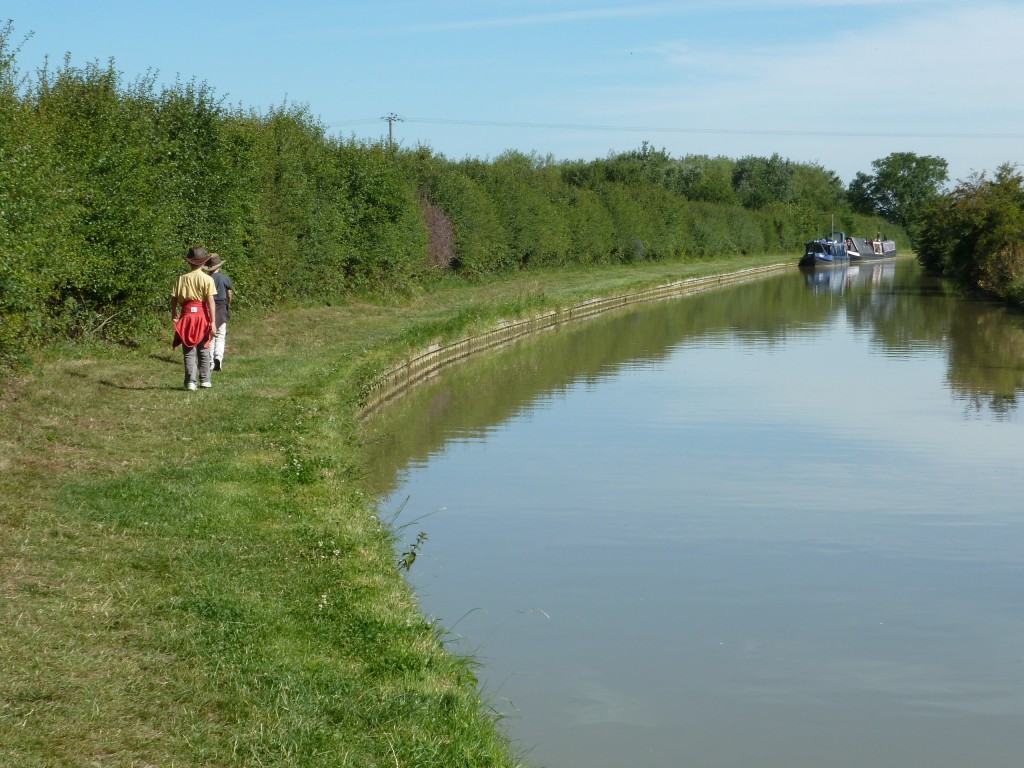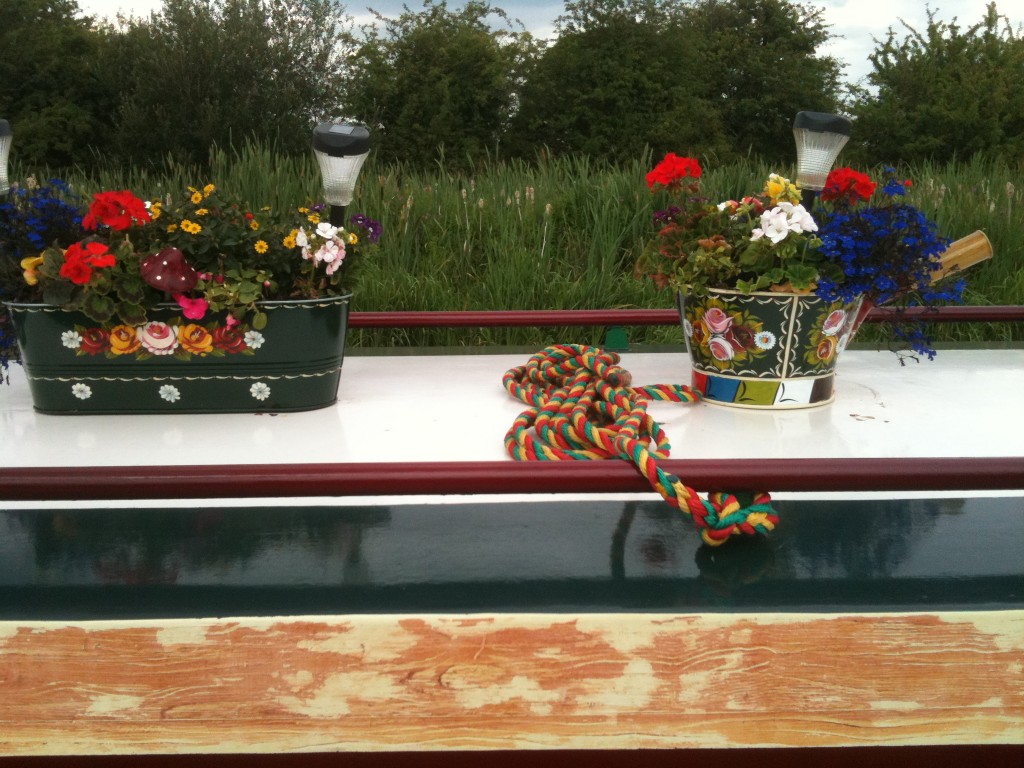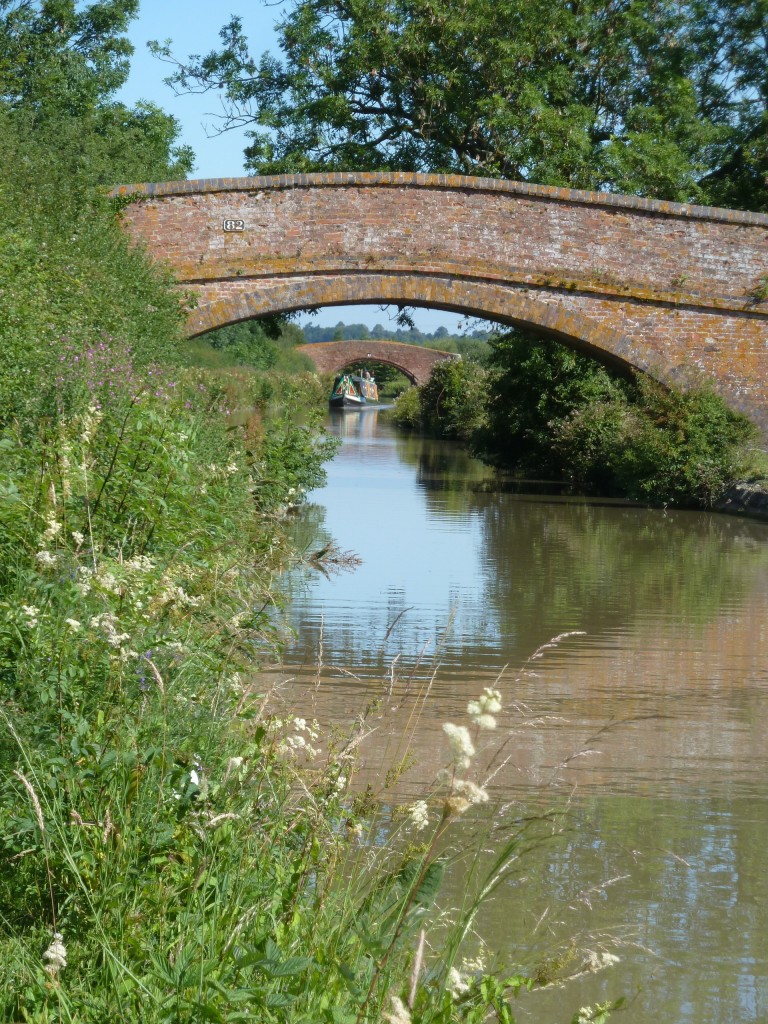We learnt a few things
We did some much-needed shopping in Rugby this morning for new boots and socks – all without studs.
Rugby itself is not an inspiring place, at least as we saw it. Lots of houses that look like a job lot from the inter-war years and a few red-brick edifices. There may well be more to it but we missed it.

That said, this evening we had one of the best meals of the last seven months at the locks just down from Rugby. Badsey’s is a little cafe or bistro right by the locks. Food comes slowly and only when the chef decides it’s ready. The traditional English fare is just great – I had beef and Yorkshire puddings and then shared a treacle pudding and custard with Declan for desert. Badsey’s is also filled with canal memorabilia and we learnt some interesting canal stories. These added nicely to what we learnt from the lovely couple from a couple of nights ago who we ran into again when she got a puncture outside the Grendal.
So here are a few things we learnt:
* There was only ever one towpath even when the narowboats were pulled by horses in both directions. When boats were going in opposite directions one would slacken off the tow-rope so that the other could pass over it.
* When the boats reached a tunnel, the horse would be taken over the top and specialists would lie on their back and walk the boat through the tunnel with their legs. The faster they moved the boat, the more boats they moved in a day – apparently where the phrase “Let’s leg it” comes from.

* On wider canals where the tow-path was not consistently on one bank, the horses were trained to jump onto the canalboat and then onto the other bank (somewhat in contrast to the strict injunction not to let our children stand on Grendal’s roof).
* In the early days the canal-folk had a lovely relaxed and successful lifestyle. As competition from trains mounted things got much harder – no breaks, constant motion. Then steam canalboats were introduced and things became cutthroat. The steam boats used to have a sharpened blade at the front to cut the horse-drawn boats’ tow-ropes.
* At the peak of canal activity, over 20,000 boat movements went through the locks drown from Rugby every year.
* Whole families were born and grew up on the boats in a tiny space. In the early days there were houses they could stop for the night and schools for the kids. Later they all just worked and kept the boats moving.

* There are some modern boats that have bow-thrusters – an innovation I felt was much-needed. People driving such boats are looked down upon by the hard-core boating community completely lightweight. Ah, well.